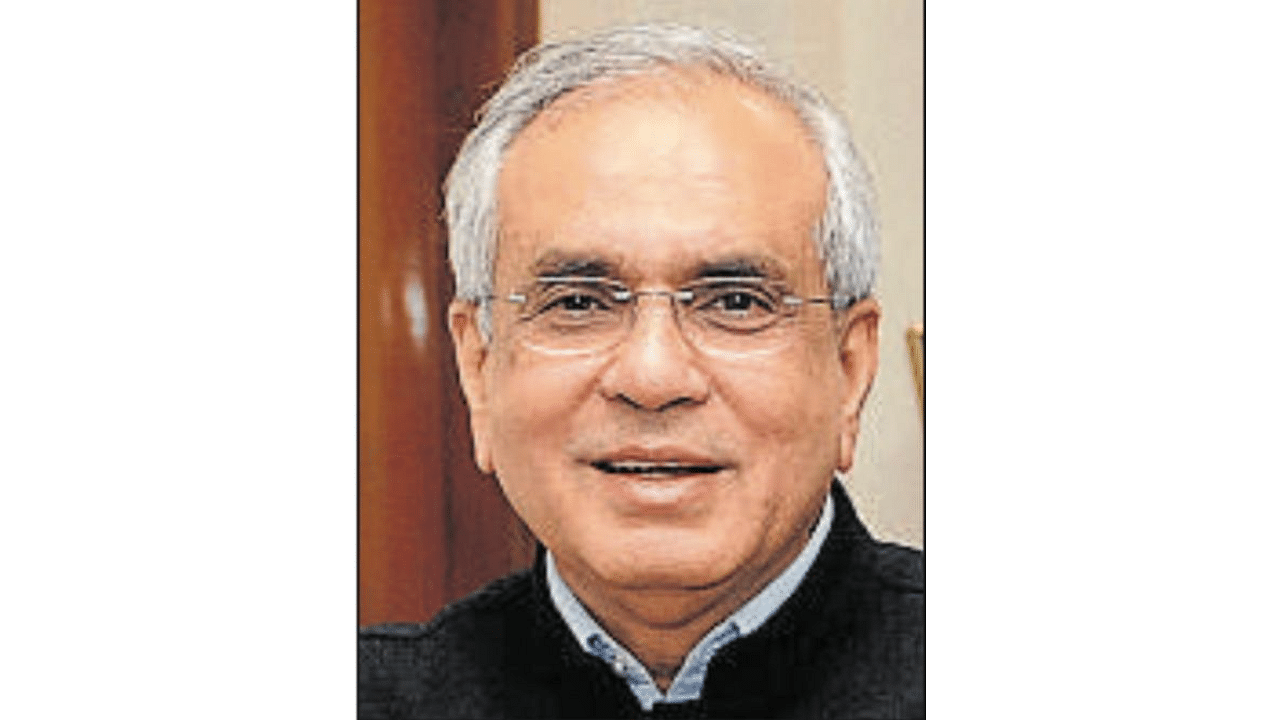
Rajiv Kumar
In a recent interview, Prime Minister Narendra Modi clearly laid out his vision for India@2047 – an India that not only has completed its economic transition to a middle-income economy but also relies principally on green energy and ensures the welfare of those at the bottom of the pyramid. He also saw India evolving as a hub of innovation and participating in deploying frontier technologies for simultaneously achieving exponential growth and reducing the country’s carbon footprint. This vision is eminently achievable given the combination of strong demographics, a vibrant democracy, and rising demand, which can ensure that India achieves unprecedented growth in the coming decades.
However, some important and bold reforms will have to be taken to achieve this historic transition. To fully exploit our immense demographic potential, we have to ensure that we invest in building the country’s human capital. This requires a massive effort.
Starting from building enough schools and training enough teachers to properly educate the more than 20 crore children, who are today between the age of 5 and 15.
Our vocational training institutes and all centres of higher education, the entire education sector needs a significant quality upgradation. At the same time, access to high-quality education has to be universalised. This is the necessary condition for ensuring the equality of opportunity in our country. Thus, we have to focus extraordinary policy attention on the education sector in all its dimensions. The speedy and proper rollout of the national education policy will constitute the important first step in this direction.
Our commitment to protecting the environment while simultaneously growing our economy will require special attention to reducing greenhouse gas (GHG) emissions not only in the energy and transport sector but also in agriculture, which contributes 14% of total GHG emissions.
The continued reliance on chemical inputs for increasing yields and sustaining output has resulted in the desertification of our arable lands with the organic carbon content declining from a healthy 2.5% in 1947 to a meagre 0.4% today. A level of 1.5% is required to keep the soils arable. The uncontrolled use of chemical inputs results in higher water usage and detrimental health effects on both the farmers and consumers of agricultural products.
Moreover, incremental output from larger inputs of chemical fertilizers has been declining over the years with the result that input costs keep rising making our agriculture globally uncompetitive and causing widespread farmers’ distress. A major paradigm shift is needed in agriculture with a focus on promoting large-scale adoption of ‘natural, zero-chemical farming’. This will call for a complete reorientation of our agriculture research and subsidy system in the direction of supporting natural farming.
The share of India’s merchandise exports in global exports has stagnated at around 1.6% for longer than a decade. The Production Linked Incentive scheme and pursuit of regional and bilateral free trade arrangements are a right step in this direction.
The time has come to work with State governments to design state-specific export promotion policies to fully exploit each State’s competitive advantage and address their particular constraints in achieving export growth. Such a state-specific export promotion policy will also result in better integration of small and medium enterprises in global and regional production chains. A stronger export dynamism will go a long way in generating high-quality jobs and ramping up manufacturing sector growth.
Finally, a complete restructuring and redesigning of the governance system should be the third area for major policy reform. It is critical that the 73rd and 74th amendments to the Constitution that laid the statutory foundation of local governments be fully implemented and the elected representatives at the district and panchayat level be duly empowered.
We have to make the shift to decentralised governance structures, which are transparent, accountable, and effective as soon as possible. This can only be done if we make district panchayats the fulcrum of economic development and responsible for the honest, transparent, and efficient delivery of public services. Bottom-up development design and implementation is the only modality that will adequately cater to India’s vast diversity which makes every district a unique entity in itself.
(The writer is the former vice chairman of the NITI Aayog and currently the chairman of the Pahle India Foundation.)